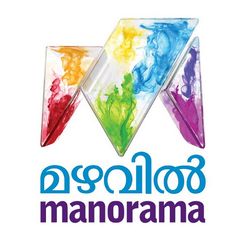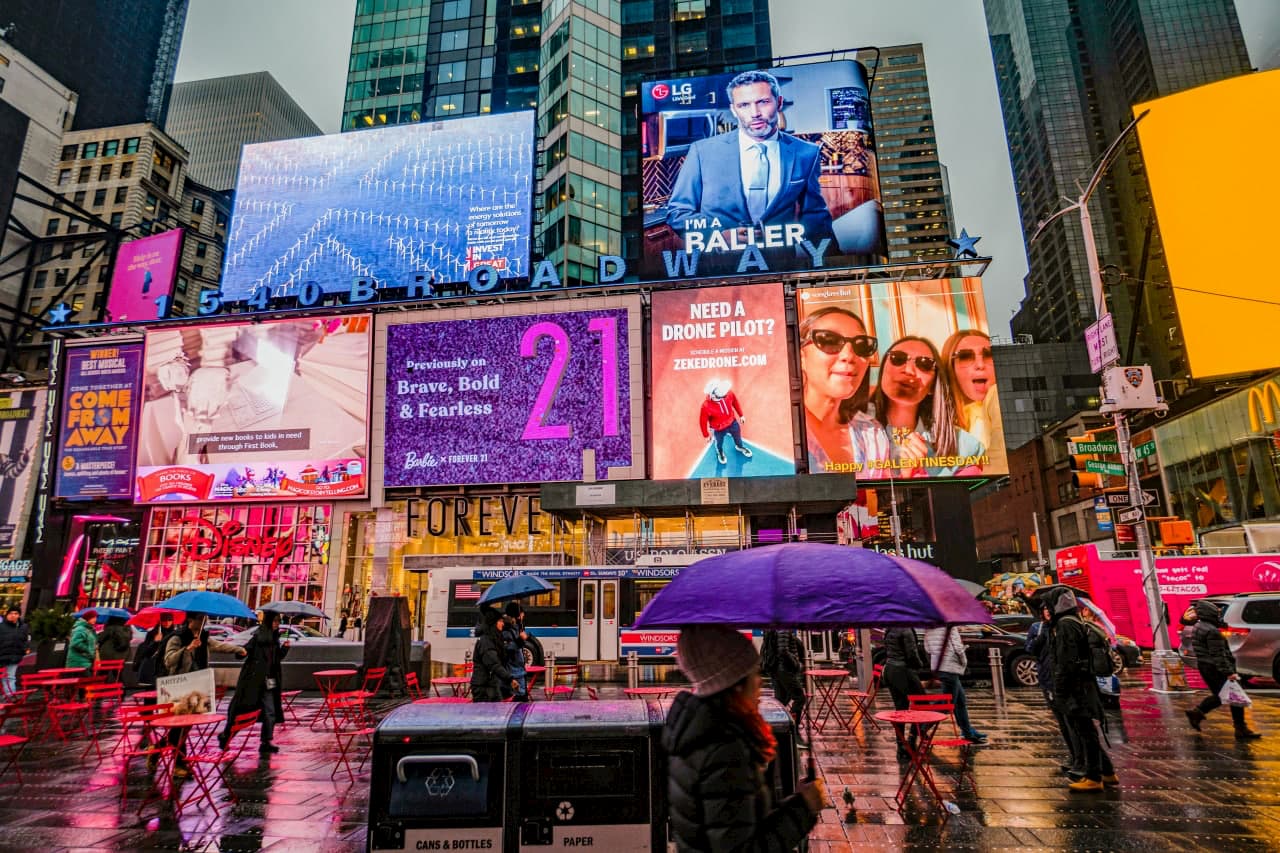
Advertising campaigns that catch the eye of viewers are often awarded with print advertising awards. These ads show the value of a product/service and can be used in many marketing strategies. These ads may be used for sales promotion and to motivate people to buy products.
Advertising has changed significantly over the years. Numerous award-giving bodies now recognize outstanding ads. These award-winning campaigns are also acknowledged by marketing departments or ad agency.
The most memorable ads win awards because they appeal to the viewers' emotions and imagination. Creative print ads that convince people to buy a product are often cleverly designed and creative concepts.

There are many award giving bodies and agencies around the globe that recognize these award winning print advertisements. The World Wildlife Fund, for example, has a highly-regarded marketing department that often produces award-winning advertisements. There are also local awards for outstanding ads. Local award-giving bodies can be a great resource for information about advertising best practices and how to create successful campaigns.
There are no rules that require an ad to be awarded an award. However, it's a good idea for you to look at the competition to see what other ads have done. Most award-winning print ads tell a compelling story, regardless of whether it is a mystery or an encouraging message.
Many of those ads that have received the most awards include those that utilize the most advanced technology and ingenious concepts. This includes the inverted pyramid form. Although it is hard to explain, it is very easy to grasp. The SANCCOB Campaign uses optical illusions to help make the message about the protection of the African penguin clear.
Another clever ad that is worthy of note is the Jeep print ad. The ad plays on freedom and the Jeep's freedom. This campaign illustrates this point by showing animals upside-down and changing into each other.

Although it didn't win any major awards for its advertising, the campaign had a powerful impact on consumers. Similar concepts are found in the Lipton "Cool Down Stop" ad. The tagline for this ad is simple yet powerful. The ad features mist being misted onto viewers' faces to make it memorable.
Nivea also won an award for its print advertisement featuring a solar panel. Not surprisingly, the ad also features the ability to charge a cell phone.
Finally, the Burger King 2022 commercial has a clear message and an eye-catching visual. It's so catchy that it was even nominated for a CB at 10 Award. While the advertisement is confusing for meat lovers, the meat is clearly visible. It also contains vegetables as well as thin fibers.
FAQ
Advertising what is it?
Advertising is an art. Advertising isn't just about selling products. It's about building emotional bonds between brands and people.
Advertising is about storytelling and using images to communicate ideas.
Communicating clearly and persuasively is key. Also, you must share a story which resonates with your target markets.
Advertising is different than other communication methods, such as writing or public speaking.
Because when you create a successful ad campaign, you are creating a brand identity for yourself.
This is how memorable you can be. You will be remembered by others.
What do you need information about print advertising
Print advertising can be a powerful medium for communicating with customers. It is used by many companies for promoting products and services. The key objective is to capture the attention of the consumer.
Print ads are typically short (1 page) and usually include text, photos, logos, or other graphics. You may also find sound, animation, video and hyperlinks.
The following are the main types print advertisements:
1. Brochures: These large-format printed pieces are meant to draw customers into stores. They are often filled with colorful images and catchy designs.
2. Catalogues are smaller versions than brochures. These are typically sent to customers who ask for specific information.
3. Flyers - These small pieces of paper are distributed at events like fairs and concerts. Flyers can be handed out at retail outlets for a small fee, but are generally free.
4. Posters - These flyers can be larger than the ones you see on the flyer. They are often displayed on walls, fences, or buildings. These are often created with computer software programs to grab the attention of passersby.
5. Direct mail – These are direct mail letters and postcards sent to potential customers. These are sent periodically by companies to remind current customers about their business.
6. Newspaper Ads - These are placed in newspapers and magazines. These ads are often quite long and include both text and images.
How do I choose my target audience?
Begin with you and your closest friends. Ask yourself "Who am I trying reach?" if you aren't sure where to start.
Ask yourself these questions: Who do you consider the most influential in your industry? What are their biggest challenges? Which are the smartest people working in my field? Where are they located online?
Take a look back at how you started your company. What motivated you to start your business? What problem solved you for yourself? How did that happen?
These questions will enable you to identify your ideal client. This will allow you to learn more about your ideal customers and their motivations for buying from you.
It is also possible to look at the websites and social networks pages of your competitors to get insight into who they cater.
Once you identify your target customers, then you must decide which channels to use to reach these people. A website might be created to reach home buyers, for instance, if your business provides services to agents in real estate.
If you provide software to small businesses, you could develop a blog targeting those companies' owners.
If you sell clothing, you could create a Facebook page for teens. If you own a restaurant, you can set up a twitter account to provide information for parents searching for child-friendly options.
This is the point: There are many ways to communicate your message.
What is branding?
Branding is a way to communicate who and what you are. It is how you make people recall you when they hear you name.
Branding is about creating a unique identity that distinguishes your company. A brand is more than just a logo. It includes everything from your physical appearance and the voice of employees.
A strong brand helps customers feel confident in buying from you because they know exactly what they're getting. It gives customers confidence when choosing your products over the ones of other competitors.
A good example of a well-branded company is Apple. Apple's brand is well-known for its stylish design, high-quality products and outstanding customer support.
Apple's name is synonymous with technology. Apple is what people think about when they see a smartphone, computer or tablet.
When you consider starting a business, it's important to develop a brand. This will give you and your business a face.
What is affiliate marketing?
Affiliate marketing allows you to make money by referring people to other websites that sell products or services. If someone buys from your product, you get paid by the owner.
Affiliate marketing relies on referrals. You don't have to do anything special for people to buy from you. All they have to do is to refer them the website.
There are many ways to make money, without having to do any selling. It's easy to sell just as much as it is to purchase.
It takes just minutes to set up an account as an affiliate.
The more you refer people, the more you'll receive commission.
There are two types:
-
Affiliates who are the owners of their own websites
-
Affiliates who work in companies that offer products or services.
What do you need to know about television advertising?
Television advertising is a powerful medium to reach many people at one time. It was also very costly. It is powerful, however, if it is used well.
While there are many types and styles of TV ads, most share some common traits. When planning any TV ad, the first thing you should do is ensure that it fits within its category. Don't confuse a lifestyle ad with a product advertisement if you are running a commercial. Your message should remain consistent throughout the campaign.
A second important thing to keep in mind is that prime-time hours is the best time to air ads. This is because many viewers are able to relax in front of the TV while watching. You want them to be able focus on your words and not get distracted by the TV.
Last but not least, just because you have a lot of money does not mean that you will get great results. However, this may not be true. The University of California conducted a study that found commercials shown on popular programs were less likely than those on non-popular programs to sell products. Make sure you are doing it right if you're spending a lot on TV advertising.
Why not use social media advertising for your business?
Social Media Marketing (SMM) allows you to reach customers where they are - on social networks such as Facebook, Twitter, LinkedIn, YouTube, Google+, etc. You can also target specific groups within these networks using keywords.
Because this advertising method costs less online than traditional methods, it's more cost-effective. You can also build strong relationships and trust with your clients, both current and prospective.
It's simple to begin using social media to promote a business. All you need to get started with social media is a smartphone or a computer, and an internet connection.
Statistics
- In 1919 it was 2.5 percent of gross domestic product (GDP) in the US, and it averaged 2.2 percent of GDP between then and at least 2007, though it may have declined dramatically since the Great Recession. (en.wikipedia.org)
- Worldwide spending on advertising in 2015 amounted to an estimated US$529.43 billion. (en.wikipedia.org)
- It collects money from the advertisers, keeps 32% for its role in facilitating the process, and the remaining 68% goes to the publisher (you). (quicksprout.com)
- Advertising's projected distribution for 2017 was 40.4% on TV, 33.3% on digital, 9% on newspapers, 6.9% on magazines, 5.8% outdoor, and 4.3% on radio. (en.wikipedia.org)
External Links
How To
How do I place my advertisement on a billboard
While billboards have existed since the late 1800s they became more popular after World War II, when they were installed along roadsides and highways. Billboards typically contain text advertising, and some also contain photographs or artwork. Although most billboards remain static, some display messages that change frequently, such as weather forecasts and stock prices or news about political events.
Most billboards are outdoor displays, although there are indoor versions, too. The majority of outdoor billboards are visible to traffic frequently, while indoor versions may be seen only once every few years. A cubic billboard, which is the most commonly seen type of outdoor billboard, is made up three layers. These include two sheets of glass sandwiched with a layer containing fiberglass mesh. This design allows air circulation through the billboard. It keeps it cool during hot weather and warm during cold.
Companies like Billboard Advertising Inc. are paid by advertisers to place their ads on billboards. These companies then sell advertising space on their billboards. These spaces are bought by advertisers based on their advertising budget. Many advertisers choose the best spots for their ads by looking at where people are most likely to drive or walk.
Billboard Advertising Inc. also sells ad space. They have contracts with local governments for signs to be erected on city property. Some cities allow billboards everywhere, others only in certain areas. Chicago, for example, requires billboards to be kept at least 1,000 feet away from highways. Other cities require that billboards be placed no closer than 500 feet from a school or church.
Billboard Advertising Inc. holds contracts to promote products or services in the United States. This includes Florida, California and Nevada, Texas and Arizona, New Mexico and Colorado.